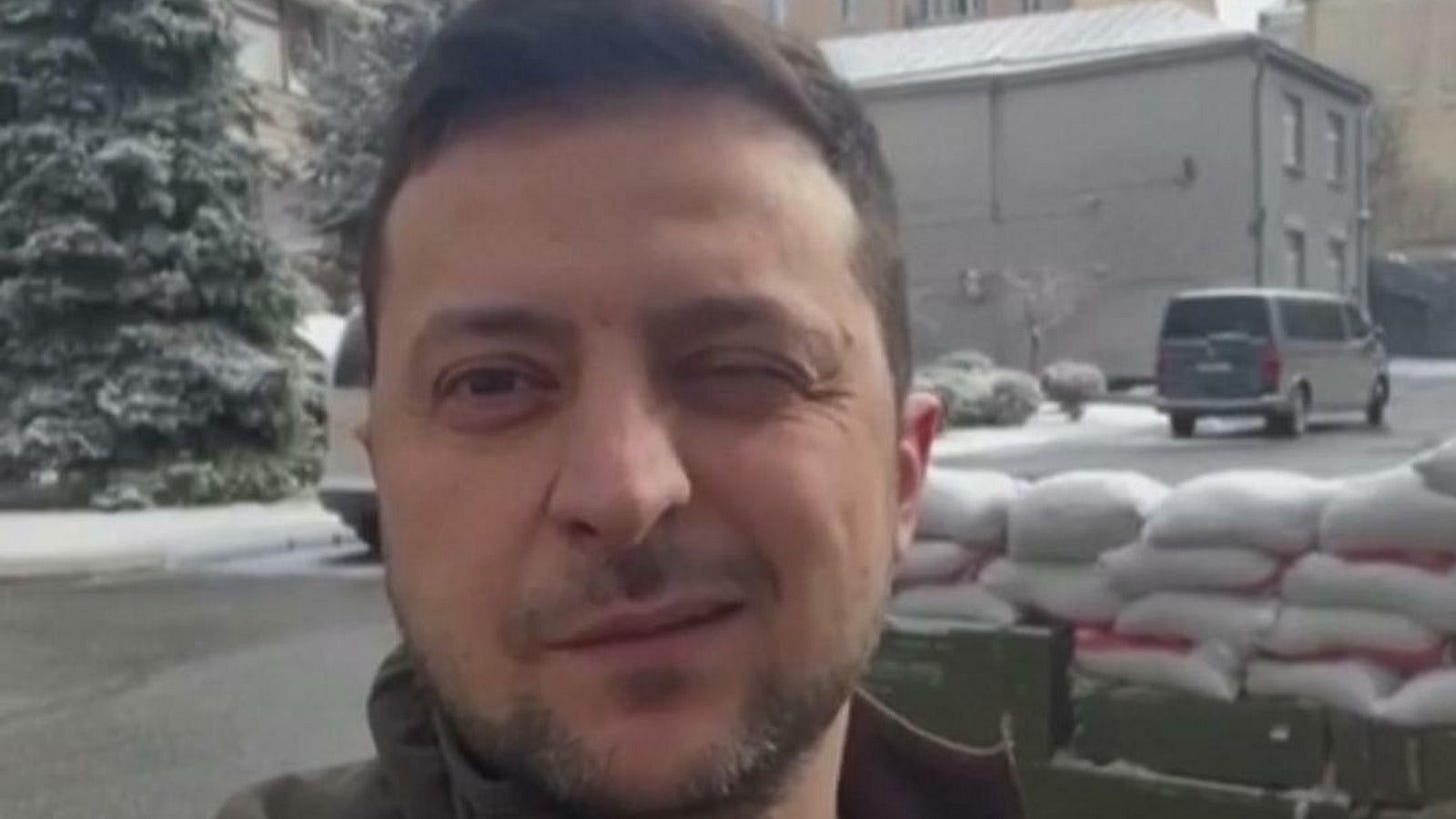The Thornbush Is In Bloom: Crowdsourced Spectrum Dominance in Ukraine
On the democracy of electronic arms
When Ukrainian president Volodymyr Zelenskyy began tweeting video challenges from Kyiv, cocky and winking at the camera, it struck me as more than an audacious act. As long as Russian columns were stuck to the roads in spring mud, pushing forward with maximal useless destruction at the end of their logistical tether, they remained vulnerable to flanking…
Keep reading with a 7-day free trial
Subscribe to Polemology Positions to keep reading this post and get 7 days of free access to the full post archives.


